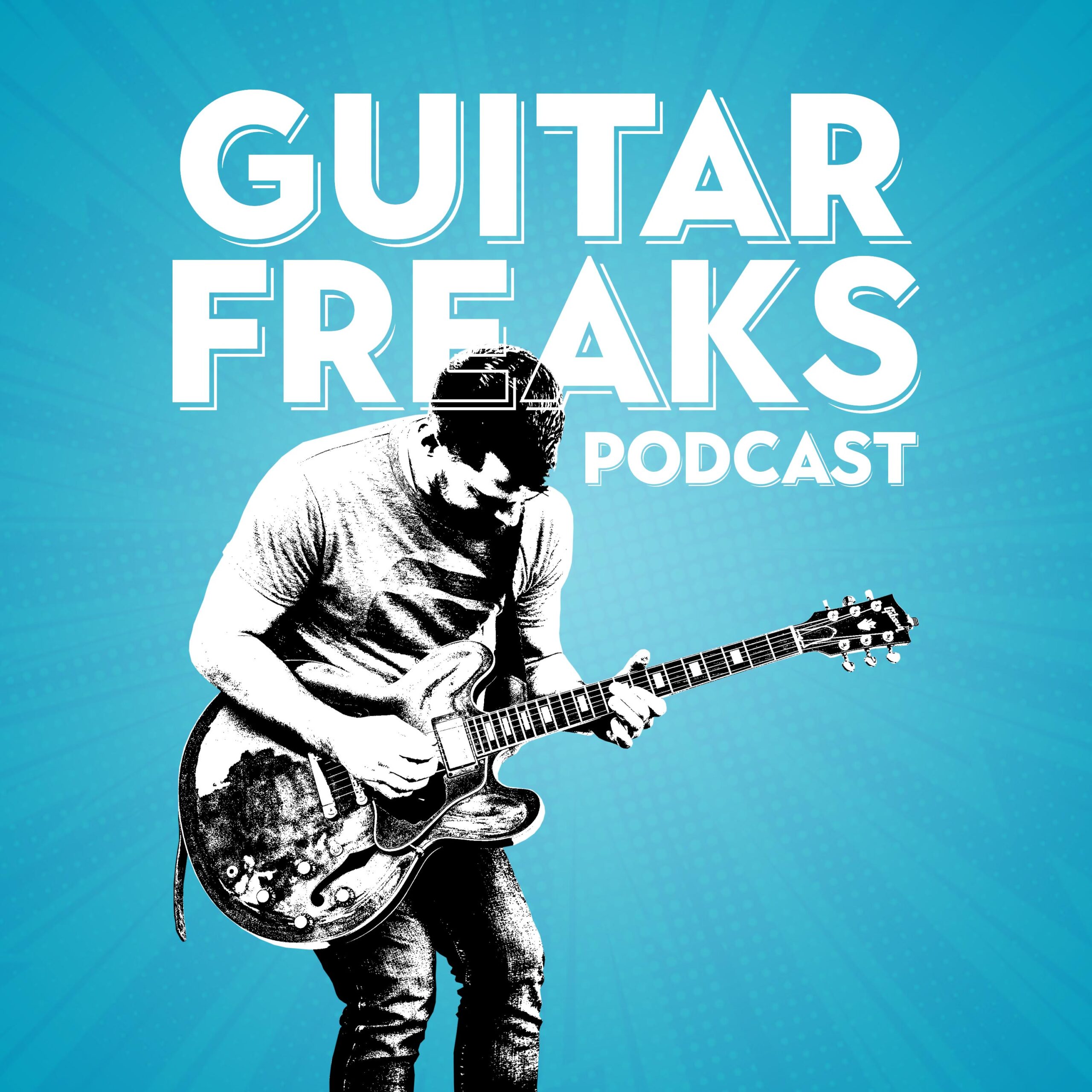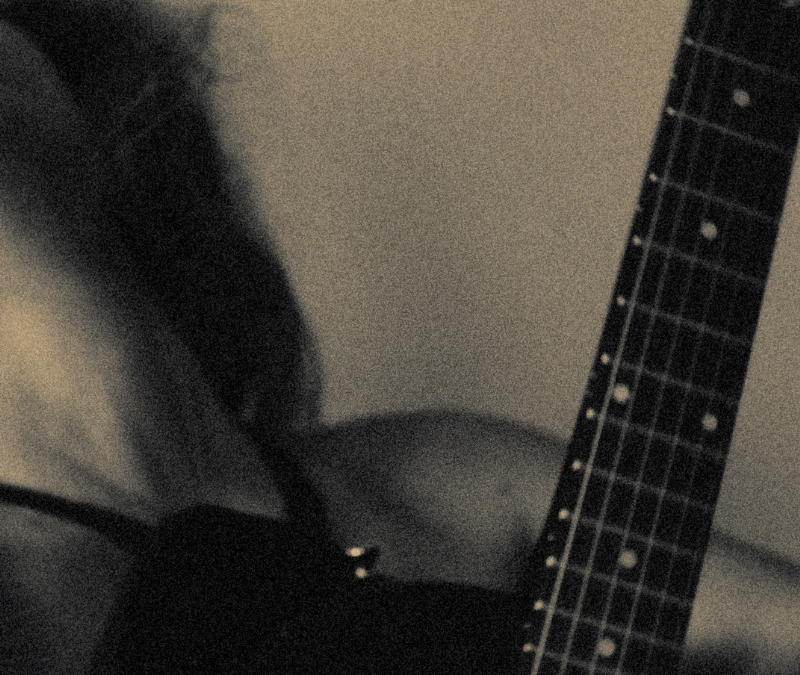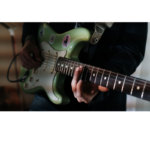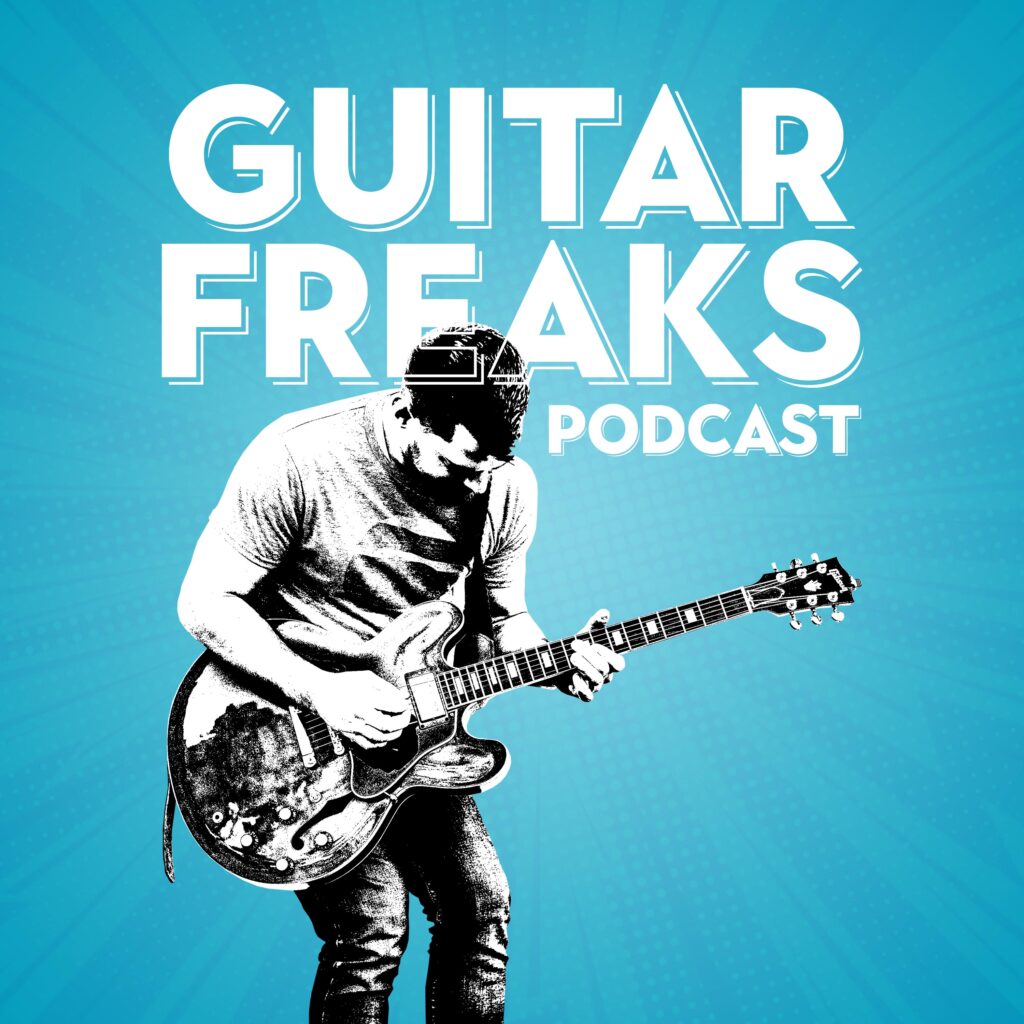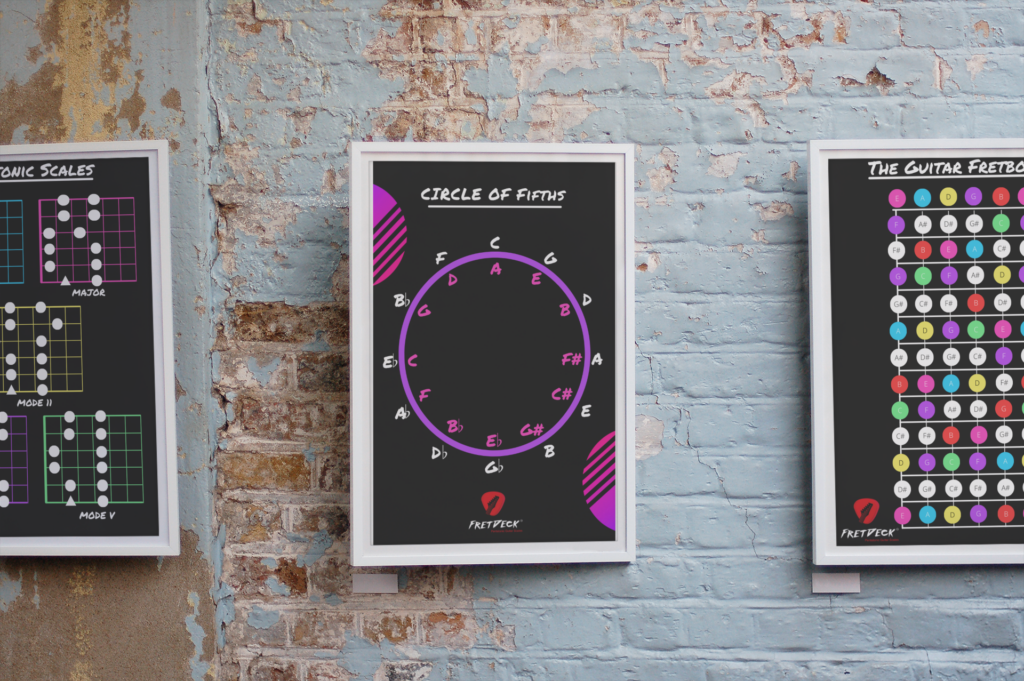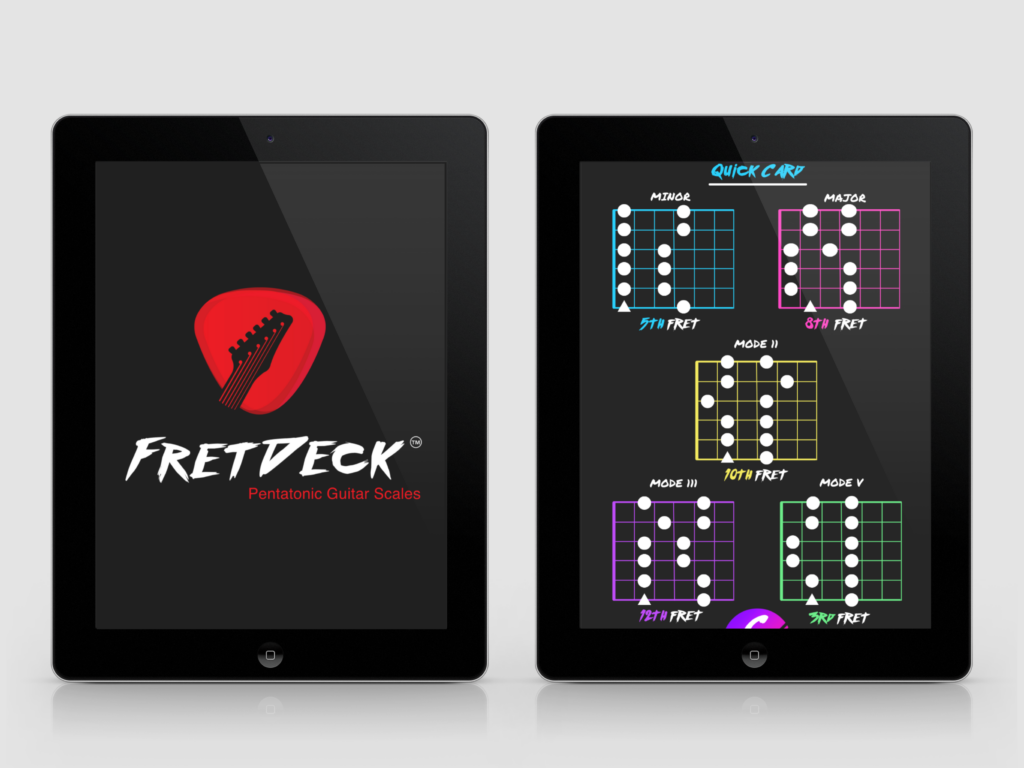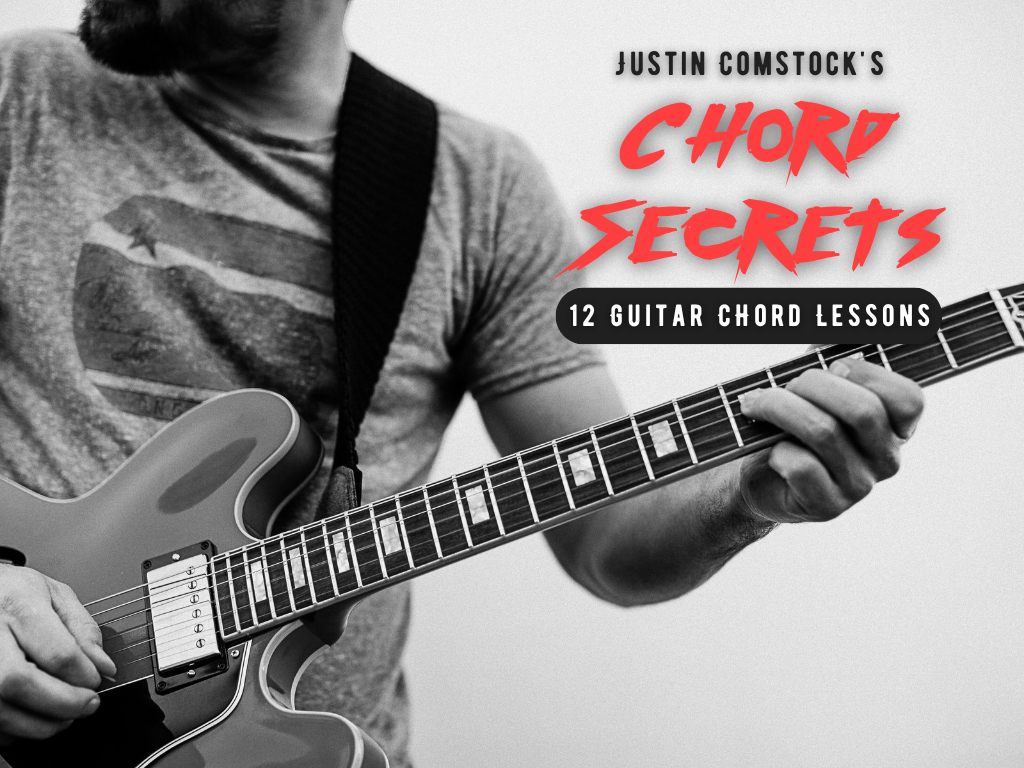Let’s be honest. If you play guitar, you’ve probably messed around with the 12-bar blues. Maybe you’ve even nailed a few licks. But until you understand how to use a blues guitar chord properly—how to feel it, how to phrase it—you’re only scratching the surface of the blues.
And that’s okay. Because here’s what most people miss:
Blues isn’t about complexity. It’s about character—and that character starts with your chords.
Today, we’re diving deep into the blues guitar chord. I’ll show you how to make your chords snap, sing, and carry the groove whether you’re jamming solo, sitting in with a band, or just playing along to a backing track in your living room.
We’ll go beyond the generic “A7-D7-E7” advice and look at how to use voicings, timing, and subtle variations to bring your blues playing to life.
And I’ll show you how FretDeck can help you visually connect your chords to the right scales so your rhythm and lead guitar become one musical voice.
Let’s get to work.
🎸 What Is a Blues Guitar Chord?
Let’s not overthink it.
A blues guitar chord is most often a dominant 7th chord—a shape that includes a root, major 3rd, perfect 5th, and a flat 7th.
This little tension—between the major 3rd and flat 7—is what gives the blues its signature “pull.” It wants to resolve, but it doesn’t. That’s the magic.
The Most Common Blues Guitar Chords in the Key of A:
- A7 (I chord)
- D7 (IV chord)
- E7 (V chord)
These chords form the backbone of the 12-bar blues—a structure used in thousands of songs.
But as any seasoned player will tell you, the shape of the chord is only part of the story.
It’s how you use it that matters.
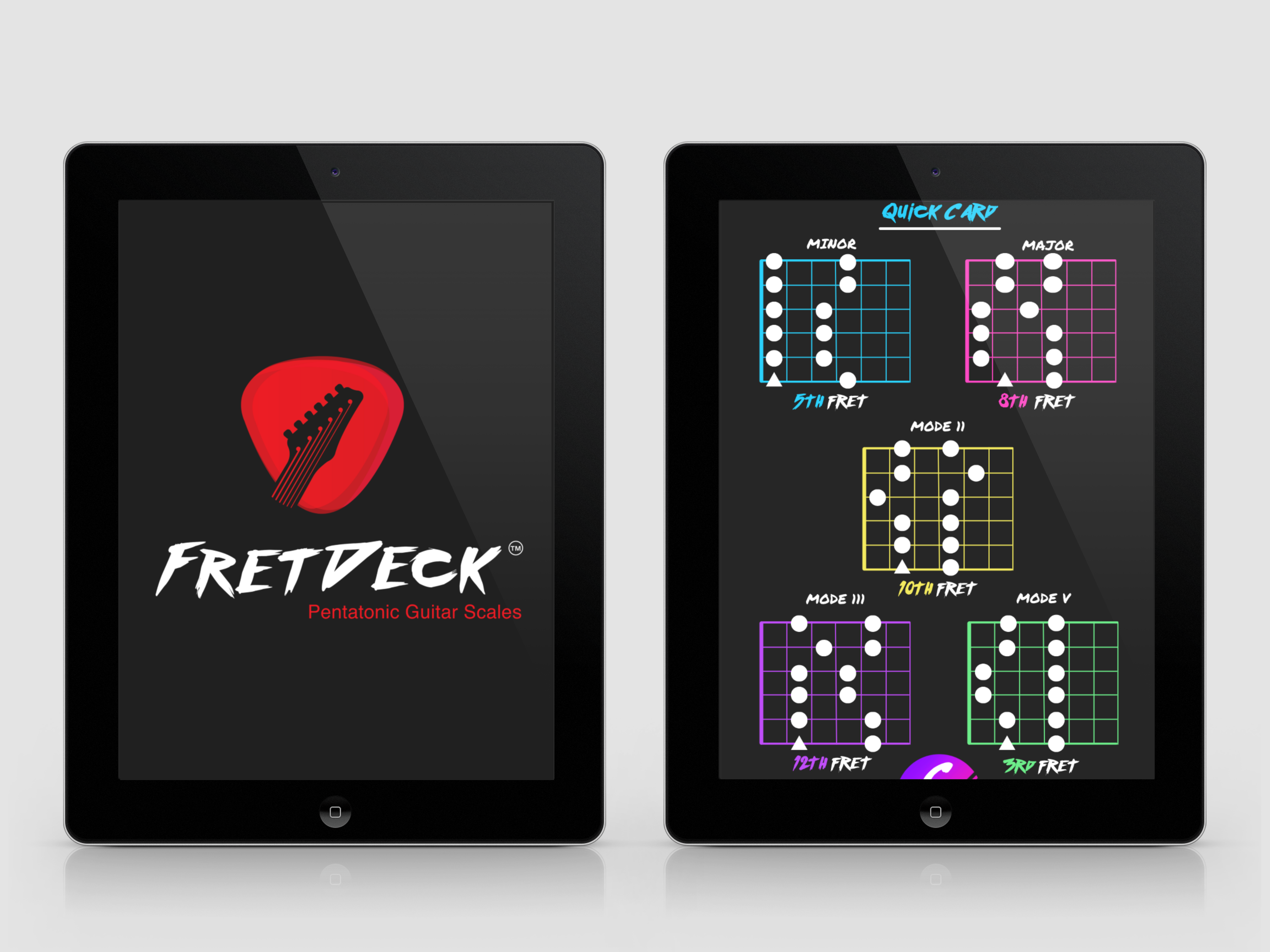
Download The FretDeck & Pentatonic Secrets Course!
Download Our Course
🧠 Why Learning the Right Blues Guitar Chords Changes Everything
So many players think learning a blues guitar chord chart is just memorizing a few shapes.
But a real blues chord vocabulary goes way deeper:
- Understanding where to add or remove notes
- Switching between different voicings on the fly
- Using the chord as a musical transition, not just a block of harmony
- Injecting rhythm and personality through your strumming hand, not just your fretting fingers
The Difference Between Good and Great Blues Chords?
Great blues guitar chords don’t just “fit.” They move. They speak. They dance with the groove and leave space for the next phrase.
If you want your rhythm playing to sound like B.B. King, Albert Collins, or Robben Ford—it starts with your chords.
🔥 The 3 Blues Guitar Chord Shapes Every Player Needs
You don’t need 100 chords. You need 3–5 you can really use.
1. E-Shape Dominant 7 (Open or Barre)
A7 – Open Position
e|---0---
B|---2---
G|---0---
D|---2---
A|---0---
E|---x---
This is your bread and butter. Use it in shuffles, slow blues, country-blues—you name it.
2. Movable 9th Chords (More Soul, More Space)
D9 – 5th Fret
e|---5---
B|---5---
G|---5---
D|---4---
A|---5---
E|---x---
9th chords are the sound of funky blues and soul. They open up voicings and make your rhythm work sound instantly more mature.
3. 13th Chords (Jazz-Infused Blues)
G13 – Root on E String
e|---x---
B|---5---
G|---4---
D|---3---
A|---5---
E|---3---
These are smoother, hipper—great for slow blues or jazzy turnarounds. Think Robben Ford or Larry Carlton.
🎵 How to Use Blues Guitar Chords in a 12-Bar Progression
Let’s build a soulful 12-bar blues progression in the key of A, using chord variations:
| A7 | D9 | A13 | A7 |
| D9 | D#dim7 | A7 | F#7 |
| Bm7 | E9 | A7 | E7 |
- D#dim7 adds tension going back to the I chord
- F#7 is a sneaky “secondary dominant”
- Bm7 softens the V chord move and opens space
Play this progression slowly, like a soulful ballad. Feel how the blues guitar chord voicings create mood. This is what it means to “comp like a pro.”
💡 Connecting Blues Guitar Chords to Scales
Once you’ve got your chords down, the next level is knowing what scales to play over them.
This is where most players get lost.
- What scale goes with A7?
- Should you use minor pentatonic over major chords?
- What if you want to sound jazzy—or greasy?
Here’s the trick:
Learn the chord tones first, then wrap the scale around them.
That’s why I always recommend using a tool like FretDeck.
📘 How FretDeck Helps You Connect Blues Guitar Chords to Scales
FretDeck isn’t just another scale app.
It’s a visual trainer that helps you:
- See scale shapes on the neck
- Overlay scales like A minor pentatonic, A Mixolydian, and A blues
- Highlight target notes (like the b3, 6, or b7) that sound great over dominant 7 chords
- Understand where you’re playing the chord and where you’re playing outside it
Imagine looking at your D9 chord—and seeing all the blues scale notes that flow around it. That’s what FretDeck gives you: confidence to improvise without getting lost.
👉 Explore Blues Scales with FretDeck

Download The FretDeck & Pentatonic Secrets Course!
Download Our Course
🛠️ Quick Tips for Mastering the Blues Guitar Chord
Here are a few pro tips you can try right now:
🎯 1. Play fewer strings.
Don’t always strum all six. Try playing just the middle four strings for tighter voicings.
🎯 2. Use hammer-ons and slides inside your chords.
For example, hammer-on from 5th to 6th on the B string while holding an A7—instant vibe.
🎯 3. Leave space.
Let your chords breathe. Hold a voicing, mute the strings, then let it ring again. It’s not what you play—it’s what you don’t.
🎶 The Blues Guitar Chord in Real Songs
Try playing these classic blues songs using voicings from this post:
- “Pride and Joy” – Stevie Ray Vaughan (Mixes 9th chords and dominant riffs)
- “Stormy Monday” – T-Bone Walker (Jazzy turnarounds with 9th and 13th voicings)
- “Born Under a Bad Sign” – Albert King (Minimal but expressive)
Playing real music is the fastest way to internalize your blues guitar chord shapes.
✅ Wrap-Up: The Blues Guitar Chord is a Foundation for Everything
Here’s the truth:
You don’t need hundreds of chords.
You just need a handful of blues guitar chords you can play with style, confidence, and intention.
Start with dominant 7ths. Add in 9ths. Slide into 13ths. And most importantly—listen. Listen to the space, the tension, the release.
Let your rhythm tell a story, just like your solo does.
🎸 Join the Guitar Freaks Hangout on Discord
Want feedback on your blues rhythm? Need help with a 9th chord voicing?
Join the Guitar Freaks Hangout Discord—a free, supportive community of guitar players who love the blues, love to teach, and are all about helping each other grow.
We trade licks, solve theory roadblocks, and build each other up.
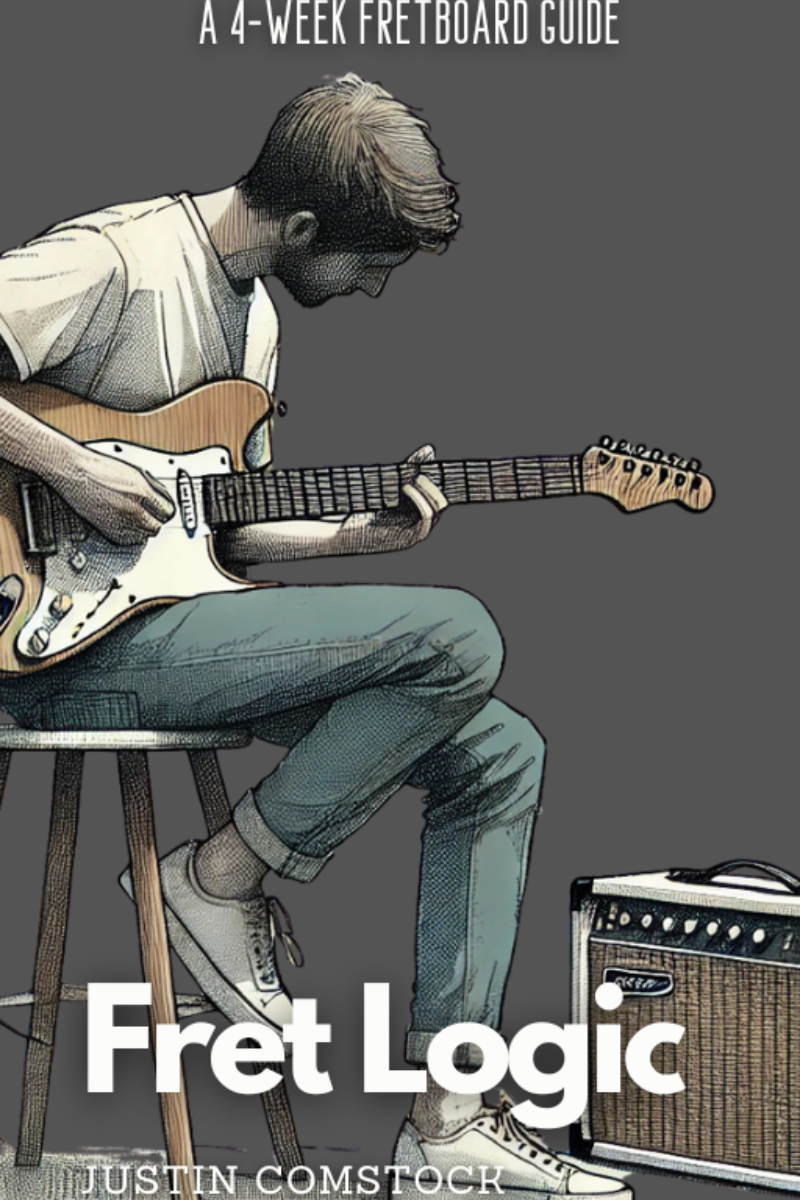
Join Guitar Freaks Hangout on Discord! 🎸
Get Fret Logic FREE!
Join the Guitar Freaks Hangout Discord and get exclusive access to my entire e-book, Fret Logic! Master the fretboard and elevate your solos with this comprehensive guide.
👉 Don’t miss out—join now and download your free copy!
Want to explore soulful minor chord voicings too? Check out our A minor 7 chord guide—perfect for blues, jazz, and lo-fi grooves.
Looking for more blues rhythm inspiration? Check out this Guitar World feature on blues comping techniques that breaks down how to play like the masters.
